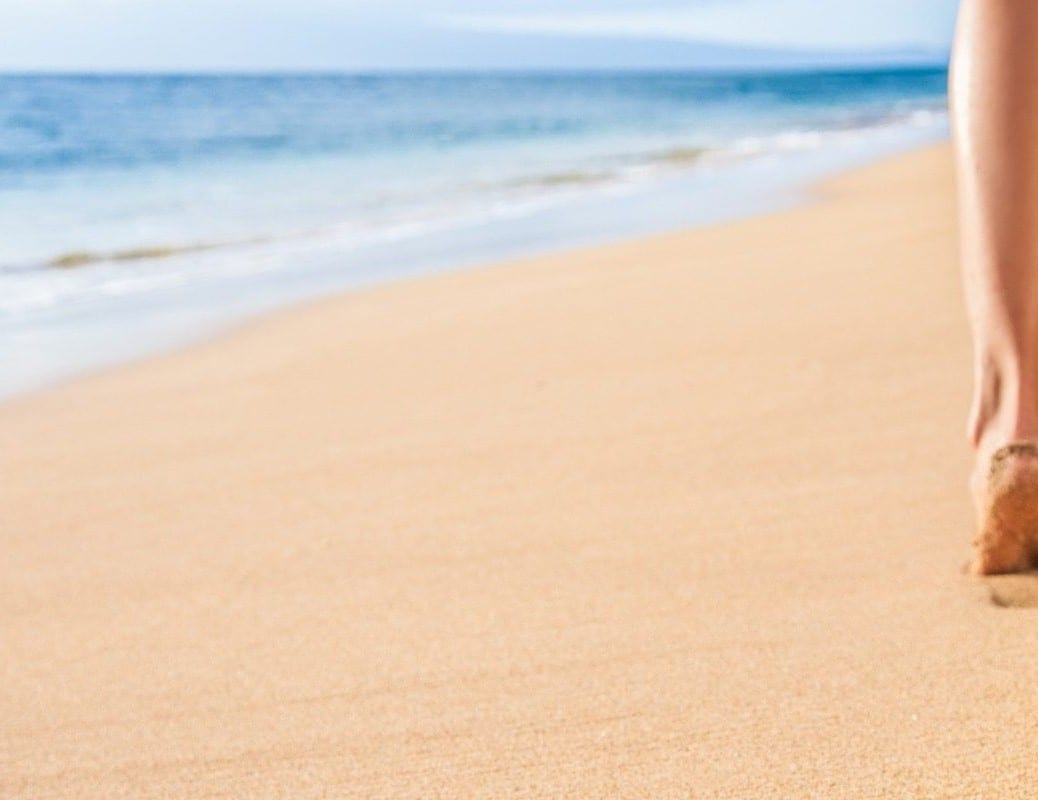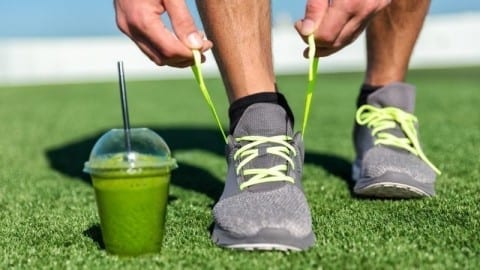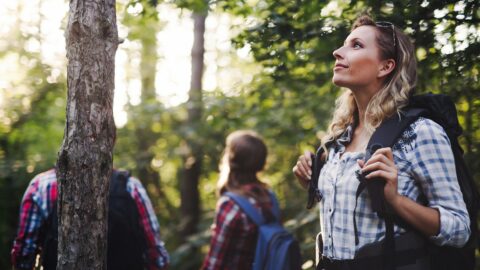If you’ve ever suffered a foot-related injury, you understand how frustrating they can be. Whether it be acute or chronic, injuries to the feet are often completely debilitating. The causes vary, and obviously there are types of acute injuries that happen by chance and can’t be prevented. The most common foot problems, however, are entirely preventable. Bunions, plantar fasciitis, hammertoes, flat feet, and shin splints are among the most common physical ailments suffered by people in shoe-wearing cultures, and if not treated properly, each can be compounded over time to limit how active you can be as you age. So what can you do to ensure healthy feet? Well, it’s complicated. But let’s start by looking at the natural foot.
The feet are quite literally the foundation for your skeletal system. When the alignment is altered at your base, it directly effects the ankles, knees, hips, and your overall posture. Like the rest of your body, millions of years of evolution have shaped and informed the function of the feet. So to address modern foot problems properly, we should start by examining how exactly the foot is supposed to function.
The Natural Foot
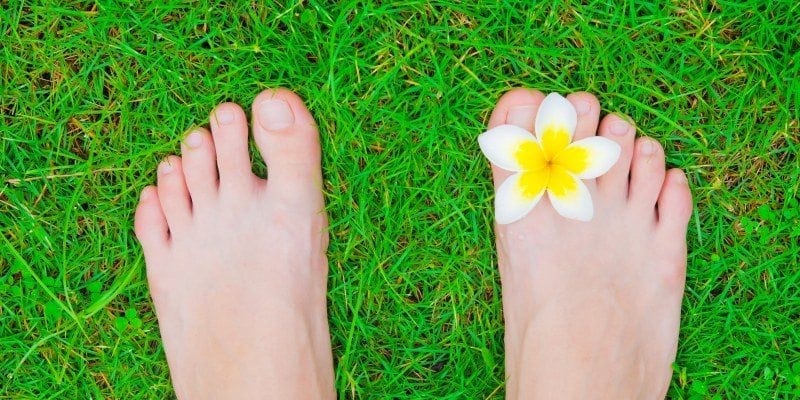
Tina Mei/Bigstock
If you look at the toes of an infant, you’ll see that the toes are spaced apart. When they put their foot down, the toes splay to support their weight, and each toe is used proportionally. If you look at the toes of a middle-aged adult who’s been wearing conventional footwear their entire life, however, the toes are often turned inward, the big toe joint is protruding, and it’s not uncommon for the function of the outer toes to be reduced to a wiggle. The average adult today has a partially functioning arch, if not nearly flat, and the lack of functionality leads to a litany of related problems. So why do modern people have these problems? This part is actually quite simple.
Problems with Conventional Footwear
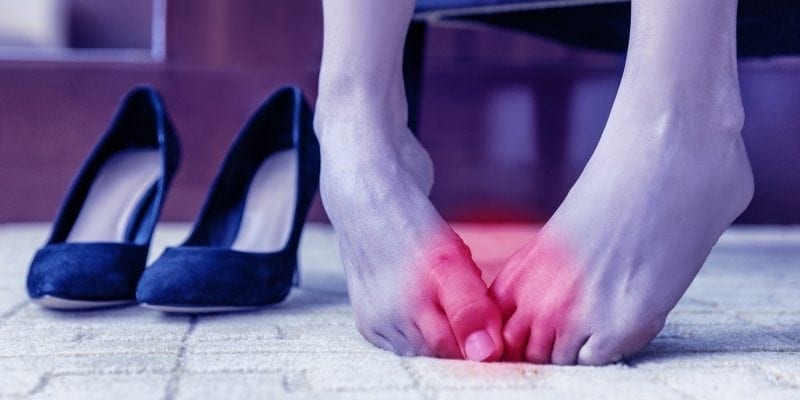
Maridav/Bigstock
Tendinosis, bursitis, corns, capsulitis, and hallux limitus (in addition to the previously mentioned problems) all develop over time, but are completely absent in cultures where shoes aren’t worn. Various studies have shown that foot problems experienced in the modern world were completely absent in non shoe-wearing cultures. Based on the idea that we could improve the function of the foot by adding various supports, modern shoes have been designed with tapered toe boxes, heel elevation, toe spring, arch support, and rigid, inflexible soles for over 100 years. In the name of fashion and the idea that shoes should look this way (because, well, they always have), few design changes have been made to the basic function of modern shoes. The result: millions suffer from preventable foot problems that often cripple them in old age. The simple solution: stop wearing conventional shoes.
Heel elevation props up the heel and forces your weight forward in your shoes. This puts added pressure on your toes (toes that are already squeezed into a tight, tapered toe box), effects the alignment of your tibia in the ankle and knee joints, and prevents the arch from functioning like it should. Arch supports attempt to counteract this by propping up the arch, but they actually result in the weakening of the fascia along the bottom of the foot, causing the loosening of tendons where they should be tight, and the tightening of tendons where they should be loose. The development of flat feet is a common result, which increases the chances of plantar fasciitis. Tapered toe boxes turn the big toe inward, and combined with toe spring and/or heel elevation, is a direct cause of bunions.
If you’ve never heard any of this before, I understand that it can seem a bit overwhelming. I dealt with chronic knee pain for years before being told that I needed to address my feet, and it took me a year to actually do so. I didn’t believe that the shoes I’d been wearing my entire life, the most popular and heavily marketted brands with the most iconic looks, both casual and athletic, could be causing my pain. It took quite a bit to convince me, but once I switched over to barefoot style shoes my knee pain began to subside immediately, and I’ve never looked back.
After the publication of Born to Run in 2009 by Christopher McDougall, countless westerners were awakened to the idea that simpler might be better when it comes to foot health. The Tarahumara, a Mexican tribe, are able to run 100 mile races in flat, rubber sandals without suffering the injuries westerners suffer while running much shorter distances. The resulting studies showed that conventional shoes were, in fact, impeding the natural function of the foot. Since then, we’ve learned that humans evolved for a time as subsistence hunters who ran very long distances, most likely barefoot, in order to exhaust larger mammals. The natural shape of our foot was designed to run and bear weight. Our arches strengthen through use, splaying toes improve balance, and the alignment throughout the rest of the foot and lower extremeties is improved by simply letting your feet function like nature intended.
Natural Footwear Recommendations for Healthy Feet
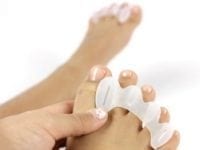
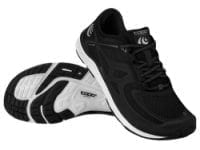
Topo ST-2 / Natural Footgear
The amount of information and exact science can be overwhelming, so I’d recommend checking out NaturalFootgear.com or Nwfootankle.com. Both sites offer a wide selection of shoes for healthy feet, and each has articles with extensive information on each condition and how they can be safely and properly treated using natural methods.
Some other healthy or sustainable footwear brands to check out:
- Barefoot Shoes – Their goal is to create shoes with zero bio-mechanical interference on the foot and zero impact on the environment.
- Lems Shoes – Barefoot minimalist shoes, Lems are designed to mirror the natural shape of the human foot.
- Native Shoes – By 2023, each and every pair of Native Shoes will be 100% life cycle managed.
- Film Review | Cowspiracy: The Sustainability Secret - May 10, 2022
- Natural Foot Health for Happy Feet - May 10, 2022
- Vegan on the Go: Finding Vegan Restaurants & Prepared Foods - May 10, 2022
